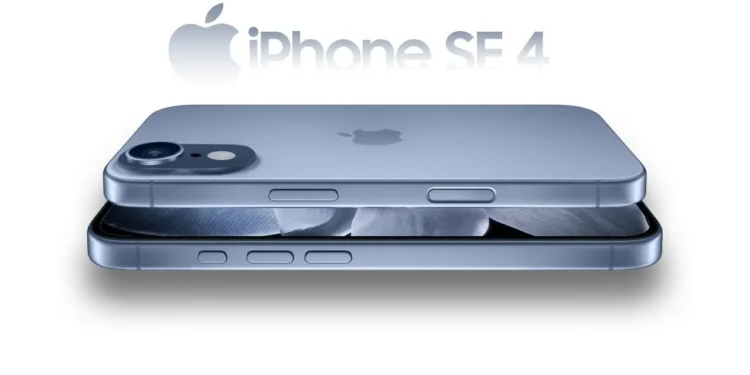In a bold stride toward capturing the mid-range smartphone market, Apple’s imminent launch of the iPhone SE stands as a strategic endeavor to balance affordability with cutting-edge technology. Despite the looming presence of the premium iPhone 16, Apple’s decision to advance the iPhone SE release underscores a calculated differentiation aimed at enticing consumers desiring innovation without the premium price tag.
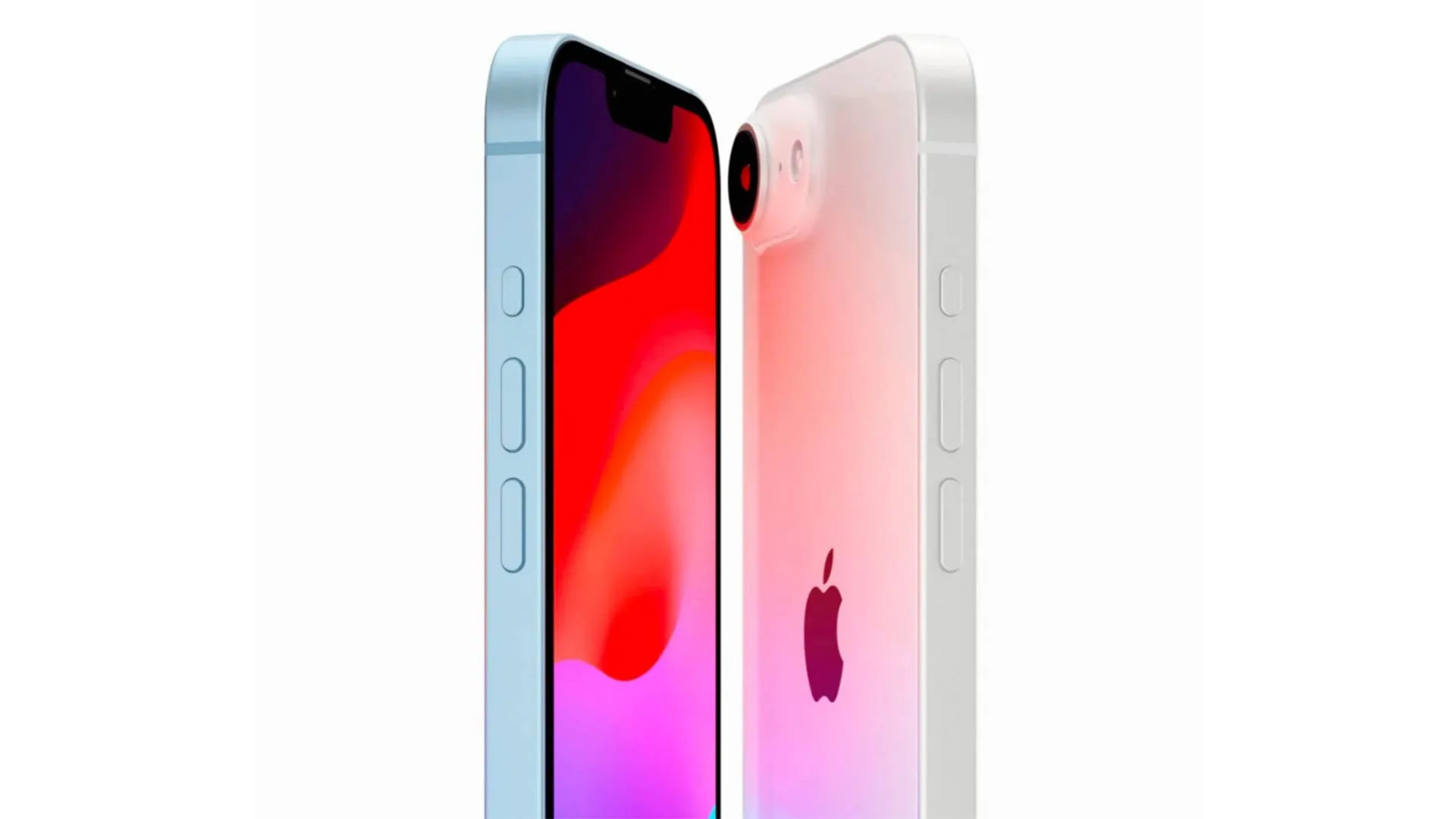
A New Design Philosophy
At the heart of the iPhone SE’s transformation is a series of design shifts, each echoing Apple’s response to evolving market demands and regulatory changes. Mark Gurman of Bloomberg highlights that, aside from some less conspicuous hardware tweaks, significant changes include the removal of the home button—once a universal smartphone staple. This change allows for a more expansive display, aligning the iPhone SE with contemporary design trends that favour full-frontal screens.
Moreover, Apple’s pivot from the proprietary Lightning connector to a USB-C port across all markets, not just the EU where it’s mandated, marks a pivotal compliance with the Common Charger legislation. This shift not only streamlines the charging process but also positions Apple as a proactive adherent to global standards, potentially simplifying the tech ecosystem.
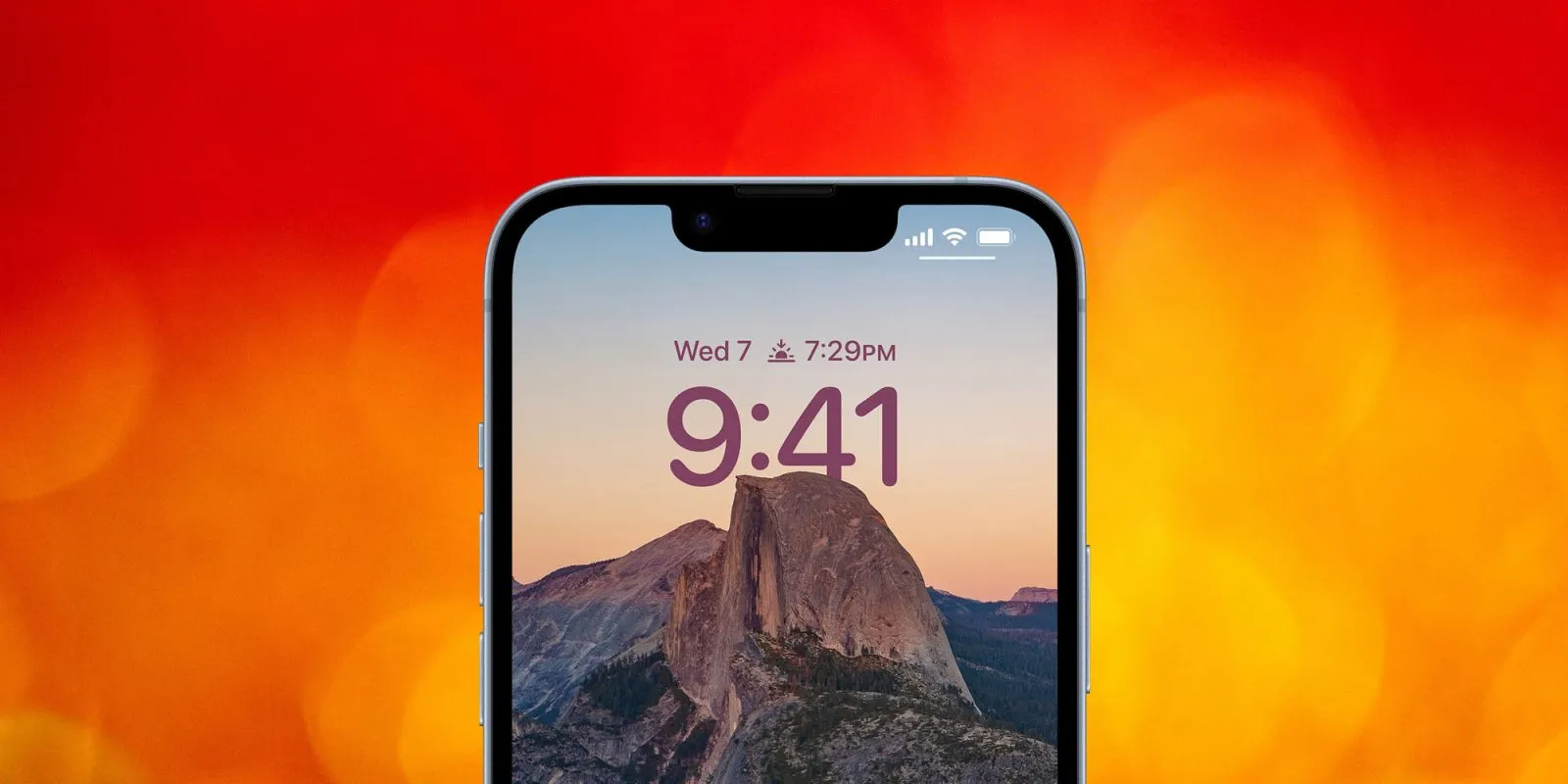
Performance and Pricing: Balancing Act
Apple’s strategy with the iPhone SE also revolves around a delicate balancing act in performance features. The device sports the same 6.1-inch screen size as the much-vaunted iPhone 16 but maintains a more modest 60Hz refresh rate. While adequate for many users, this specification might lag behind competitors offering faster, smoother visual experiences at similar price points.
The pricing strategy for the iPhone SE is equally noteworthy. With an anticipated starting price of $479, possibly reaching up to $499 for higher storage models, Apple positions the iPhone SE as a competitive option for budget-conscious consumers who are still aspirational about owning an Apple device. This price point directly challenges competitors like the Google Pixel 8a, which offers more robust battery life and advanced camera features at a similar cost.
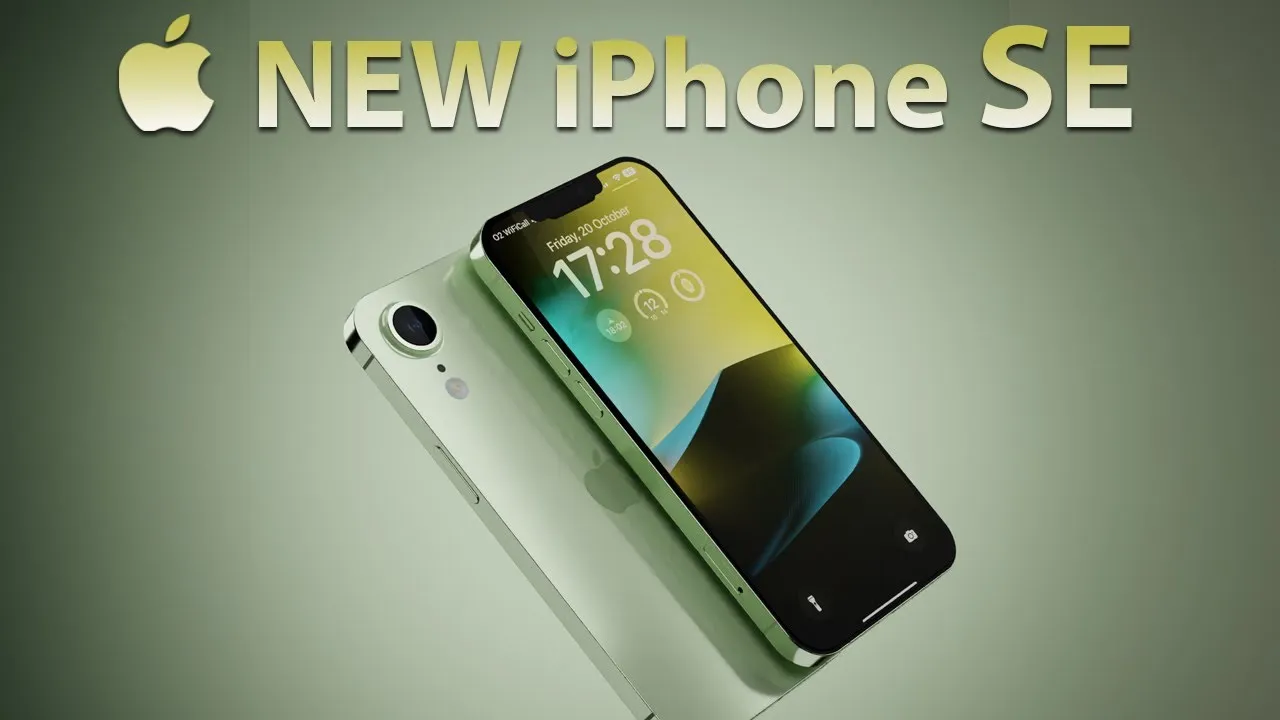
Camera and Battery: The Trade-Offs
Despite its advances, the iPhone SE faces scrutiny over its camera capabilities and battery life. Sticking with a single-lens camera, the iPhone SE diverges from the dual lenses of its high-end counterpart, the iPhone 16, and trails behind competitors that boast multiple camera functionalities, such as telephoto and ultrawide lenses. This limitation might deter photography enthusiasts who prefer a more versatile shooting experience.
The battery capacity, reported at 3,279 mAh, also falls short when compared to rivals like the Oppo Reno12 Pro and Samsung Galaxy A55, both of which feature batteries exceeding 5,000 mAh. While Apple promotes the efficiency of its software to optimize battery life, the raw capacity figures could influence the purchasing decisions of power users.
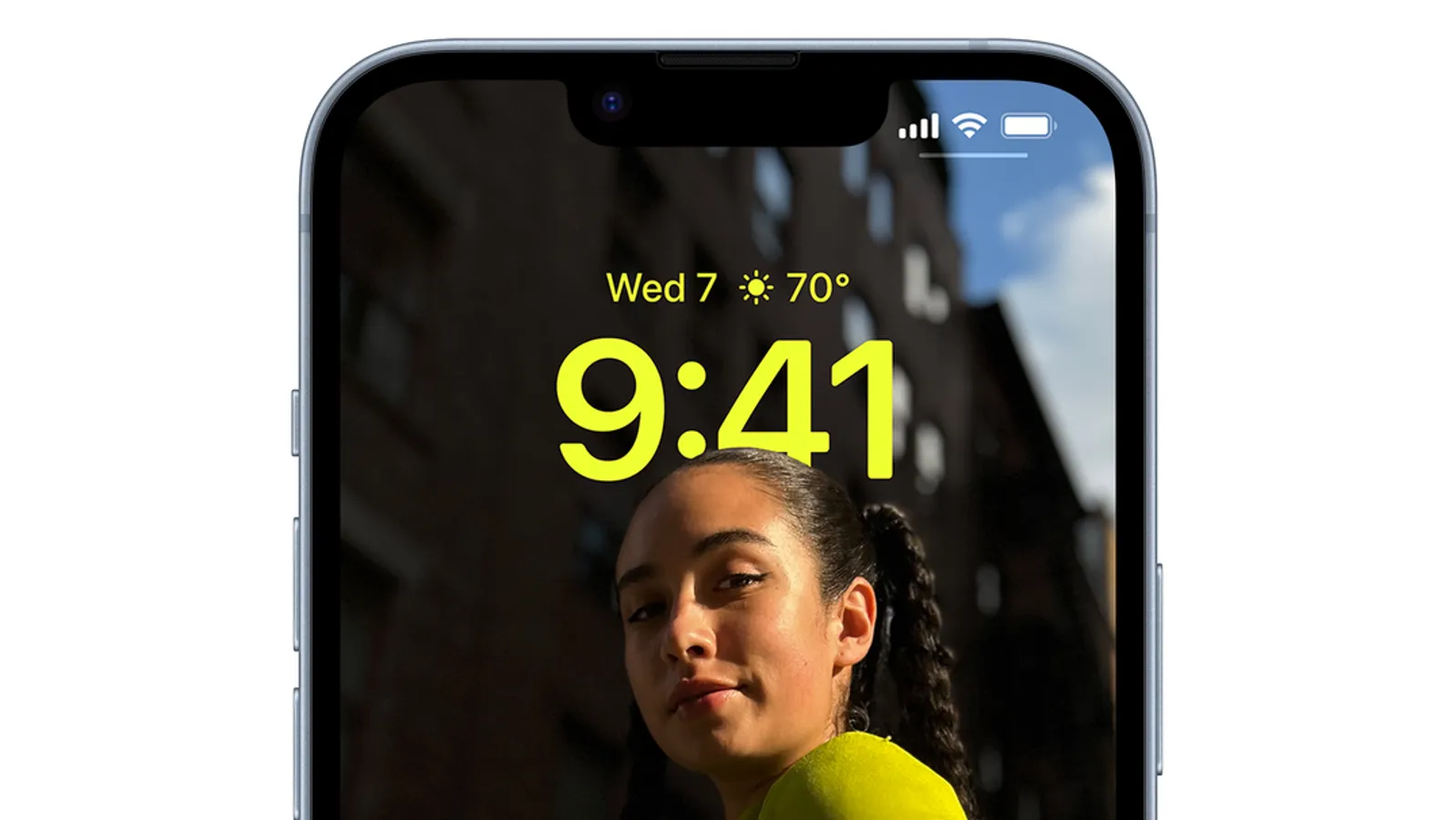
Strategic Implications and Market Impact
The iPhone SE serves as more than just a gadget; it’s a gateway to Apple’s ecosystem. For loyal Apple users, the integration and seamless functionality across devices often outweigh the hardware specs of individual products. However, for new users, the first impressions of hardware might be critical.
Apple’s approach with the iPhone SE reflects a broader strategy to appeal to a diverse consumer base, balancing innovation with cost-efficiency. As Apple continues to navigate the complexities of a highly competitive market, the iPhone SE could play a crucial role in defining the tech giant’s standing among mid-range consumers.
With Apple’s reputation and a strategic price point, the iPhone SE aims to attract not just existing Apple enthusiasts but also new users looking to enter Apple’s ecosystem without breaking the bank. The coming days will reveal how well these tactics resonate with the global market and whether the iPhone SE can indeed satisfy the demands of both affordability and performance.

